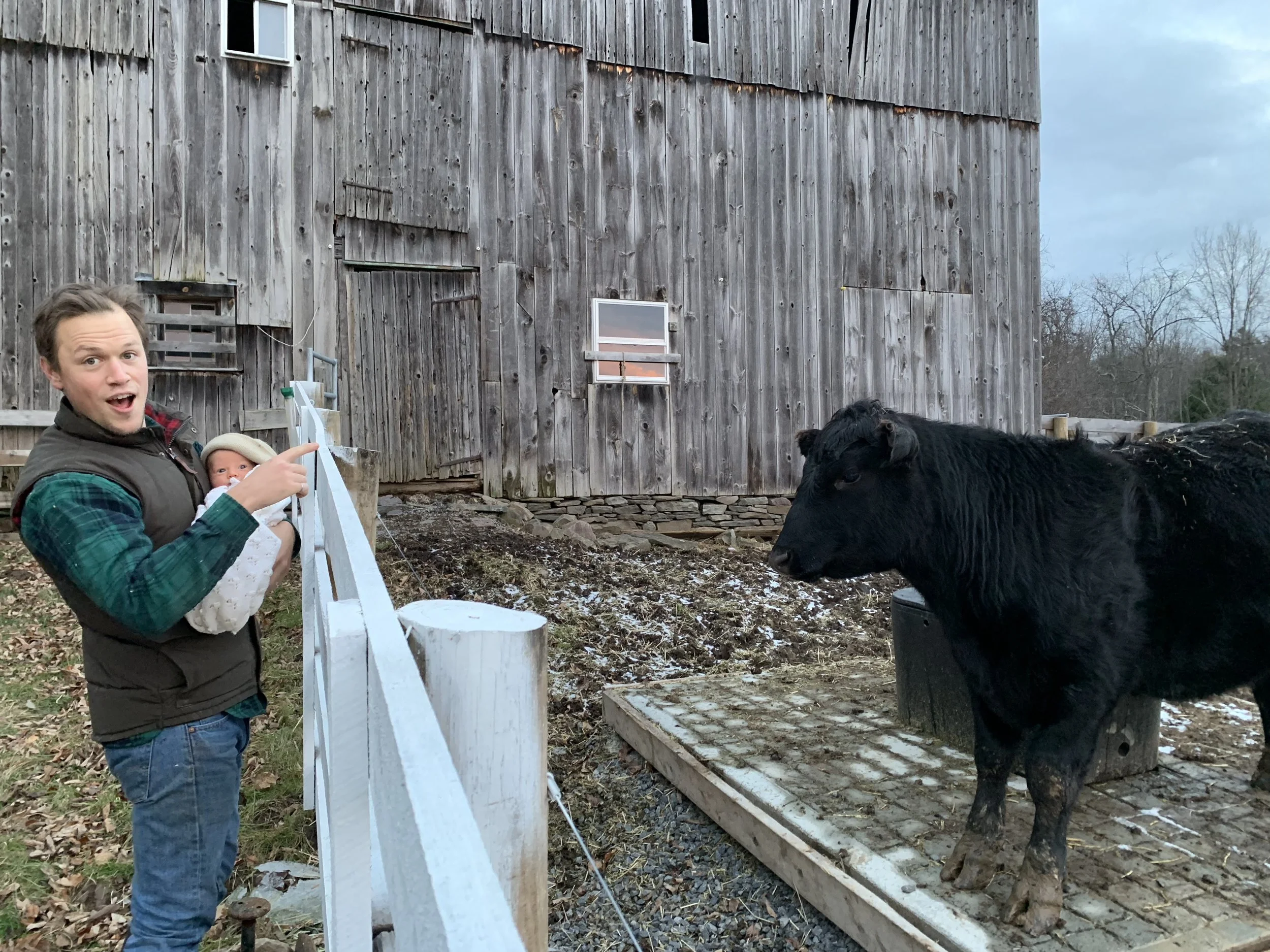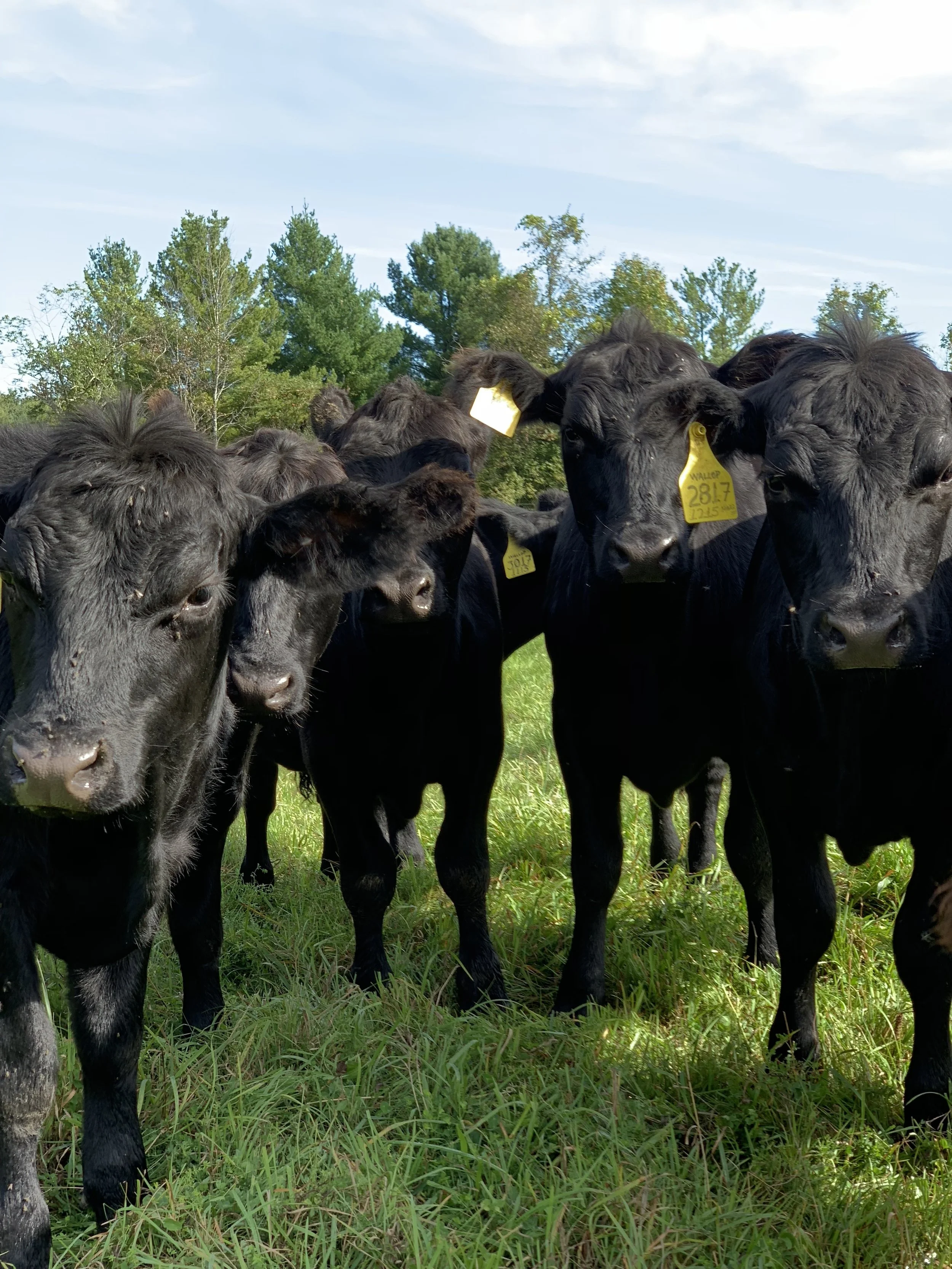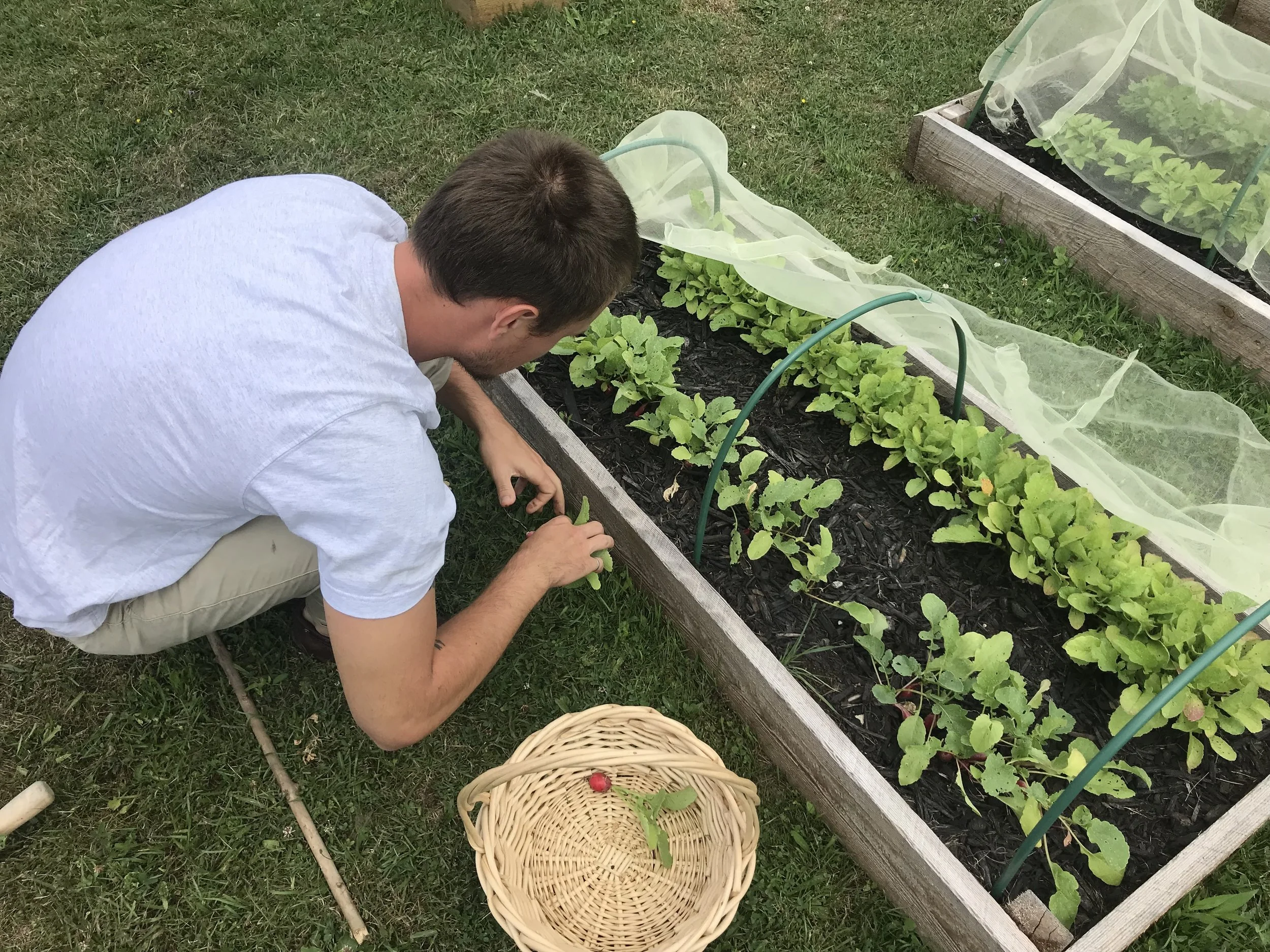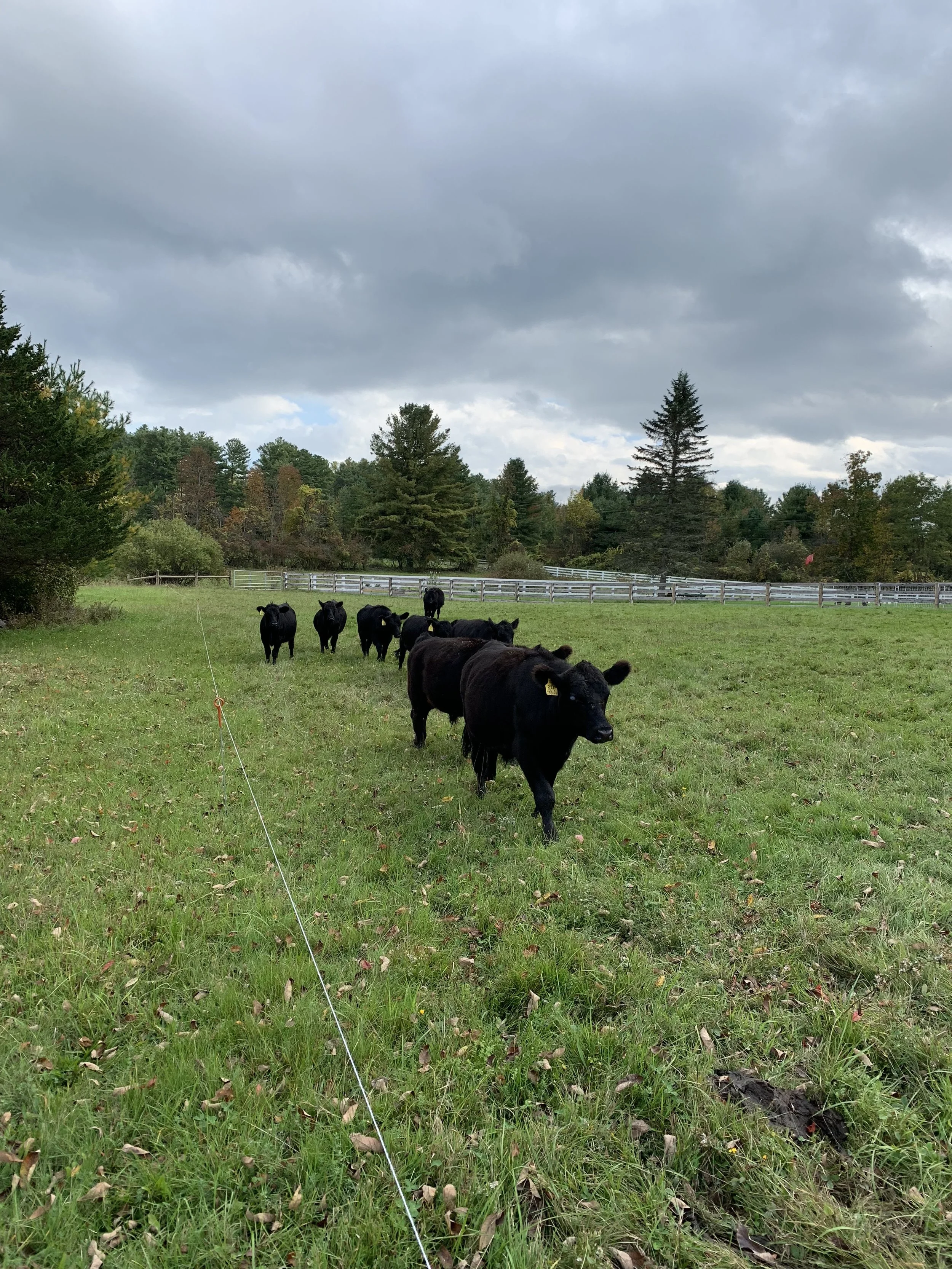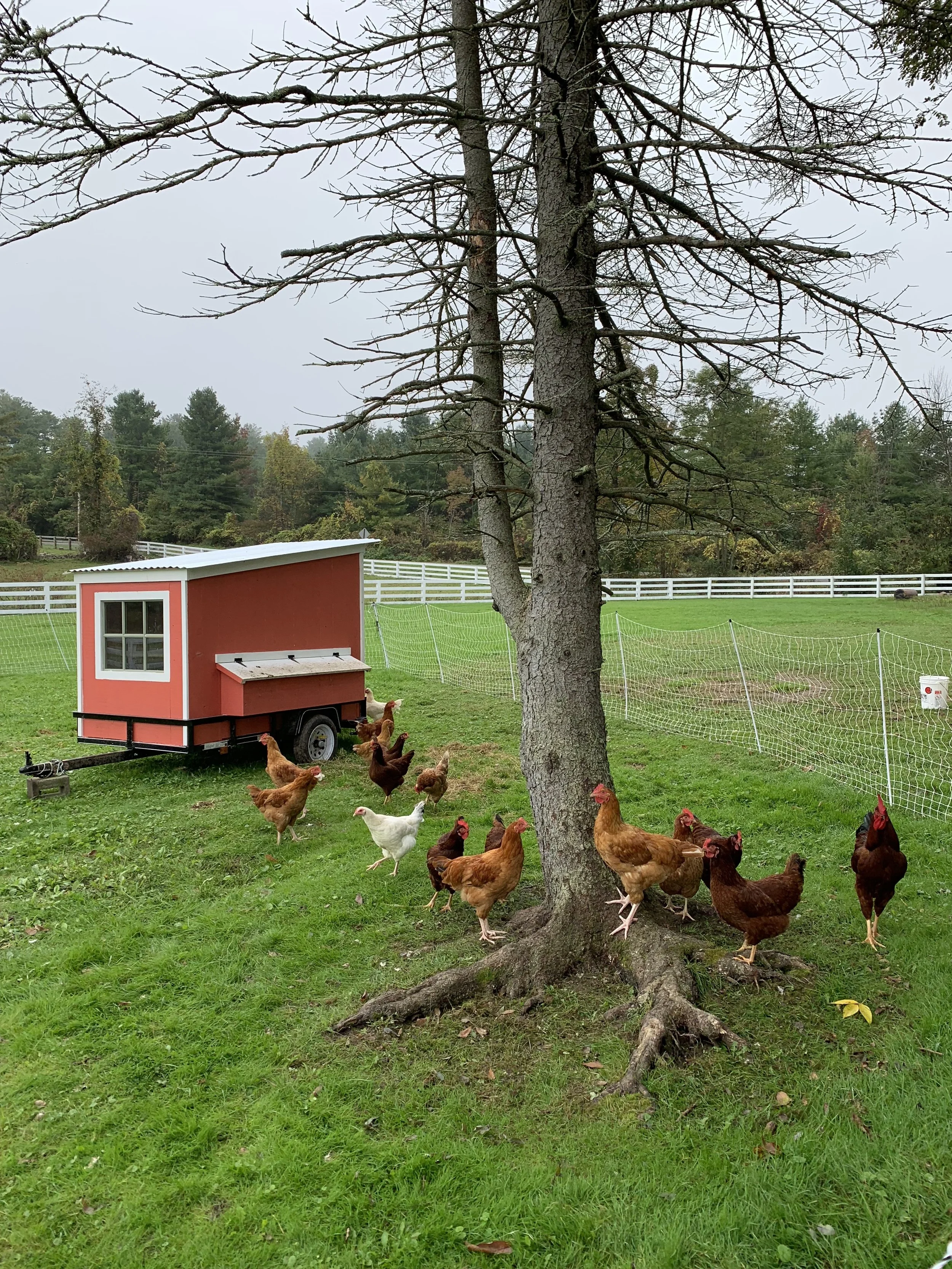4 Things We Learned in 2018
Happy holidays from us at Sweet Judy Blues Farm! Like most people, we love this time of year. Here in New York it’s cold enough to enjoy being cozy inside, but too early for winter fatigue. The Christmas vibes are still bright and warm. And it’s the perfect time to look back at the past year, celebrate our victories, and learn from our mistakes.
2018 was life-changing for us. On December 4, we welcomed our first child, Buckley. It will be a few years before we can put him to work, but he’s already learning his way around the farm.
2018 is also the year Sweet Judy Blues became a working farm. We ate the first eggs raised on our property and harvested, pickled, and filled our freezer with soups we made from veggies we grew in our garden. And we raised our first eight cows, which will become our first harvest of grass-fed beef next year.
As we look back over the past year, we wanted to share four things we learned.
1. Progress isn’t always consistent.
We bought our first eight black Angus cows in March. In the spring, they gained weight well. But when summer arrived, even though the forage in our pastures looked lusher and greener than before, at weigh-ins we saw the cows weren’t packing on as many pounds.
A few months later, that changed: the gains were higher than ever before. We realized that in the middle of summer, our cows aren’t likely to put on the most weight. Extreme heat doesn’t encourage high levels of consumption, and we have cool weather grasses that don’t grow until fall. Although they didn’t gain consistently each month, our cattle weren’t falling behind. Progress isn’t always linear; it can look different as seasons change.
2. You really can’t control the weather.
For farmers, the weather affects everything—and there’s nothing you can do to change it. We heard this many times before we started farming, but we saw it for ourselves this year. After our vegetable garden thrived through the summer, we decided to plant a pumpkin patch. We tilled a large area, planted dozens of pumpkin and squash plants, and got excited about a huge autumn harvest. At the time it was really hot and dry, but a few weeks after we planted the patch, a long stretch of rain flooded the area and drowned the seedlings. We tried digging trenches to drain the water, but there was too much. The plants died, the grass grew back, and we moved our chicken tractor on that patch of land so at least the hens could enjoy the very limited fruit of our efforts.
3. But you can adapt in response to it.
That heavy rain affected the cattle, too. When it came, they were grazing on paddocks in a section of our land that soil tests had shown to be low in pH. We’d frost seeded alfalfa, hairy vetch, and red clover and were working to improve the land by grazing the cows on it. But when the rain came, the ground didn’t absorb it. Like the pumpkin patch, the area flooded. We had to choose whether to stick to our grazing plan and keep the cows there, or move them to other paddocks with forage that hadn’t been affected as much. We decided to move them out, recognizing that sometimes plans have to change and it might take more than just one year to transform those fields.
4. Do what’s best for the flock or herd.
In May, we bought our first eleven hens and a rooster. We were planning to use them for eggs, so the rooster wouldn’t really serve a purpose, but wanted to have one in the mix. In the fall, we added nine additional chicks to our flock. They were free-range so we didn’t know what sex they were, but we thought, worst case, we’d have fewer layers than we expected.
Their integration was rife with conflict; the older chickens picked on the younger ones relentlessly. But after a while, the battle was no longer between the older and younger chickens, but the roosters and the hens—and our new batch of chicks had turned out to be seven roosters and two hens. The roosters were bigger, stronger, and really aggressive toward the females. We held off for a while, but eventually had to get rid of most of the roosters in order to protect our hens. If and when something like this happens again for either the chickens or the cows, we’ll act more quickly to ensure the safety of the animals being antagonized.
As we look forward to next year, we’re excited to continue sharing our journey with you.
Happy new year!

